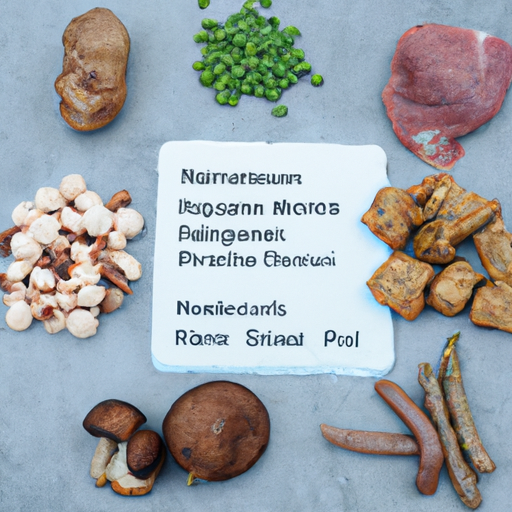Explore the cutting-edge developments in plant-based protein that are reshaping the future of food. Innovative ingredients and advanced processing techniques are creating new possibilities for sustainable eating. Discover how chefs and food scientists are collaborating to perfect the taste and texture of next-generation meat alternatives.

The landscape of plant-based proteins has evolved dramatically in recent years, moving far beyond simple meat substitutes to encompass a wide range of innovative ingredients and sophisticated processing techniques. This revolution in protein alternatives is driving significant changes in both commercial food production and home cooking, offering new possibilities for sustainable and delicious meat-free meals.
The Science of Plant Protein
Understanding the molecular structure of plant proteins has been crucial in developing convincing meat alternatives. Proteins from sources like peas, mushrooms, and legumes can be isolated and restructured to mimic the fibrous texture of muscle tissue. Advanced food science techniques, including extrusion and fermentation, help create products with improved texture and nutritional profiles.
Next-Generation Ingredients
Innovative ingredients are expanding the possibilities for plant-based proteins. Mycelium, the root structure of mushrooms, is being cultivated to create meat-like textures naturally. Microalgae and single-cell proteins offer complete protein profiles while requiring minimal resources to produce. These novel ingredients are complementing traditional sources like soy and wheat protein.
Fermentation in Plant-Based Development
Fermentation technology is playing an increasingly important role in developing better plant-based proteins. Precision fermentation can create specific proteins identical to those found in animal products, while traditional fermentation methods improve the digestibility and flavor of plant proteins. This approach is particularly effective in developing dairy alternatives.
Texture Innovation
One of the biggest challenges in plant-based protein development has been replicating the complex texture of meat. New processing techniques, including 3D printing and shear-cell technology, are creating more sophisticated texture profiles. These methods allow for the creation of products that more accurately mimic the fibrous structure of muscle tissue.
Flavor Development
Taste remains a crucial factor in the adoption of plant-based proteins. Food scientists are using advanced flavor mapping techniques to identify and recreate the complex taste profiles of meat. Natural flavor development through fermentation and the use of umami-rich ingredients helps create more satisfying alternatives.
Nutritional Considerations
Modern plant-based proteins are designed to match or exceed the nutritional profile of animal products. Beyond protein content, developers focus on providing complete amino acid profiles, bioavailable iron, vitamin B12, and other essential nutrients. This comprehensive approach ensures that plant-based alternatives can fully replace animal proteins in the diet.
Sustainability Impacts
The environmental benefits of plant-based proteins continue to drive innovation in the field. New production methods require significantly less water, land, and energy compared to traditional livestock farming. Companies are also focusing on using sustainable packaging and reducing waste in their production processes.
Culinary Applications
Chefs are developing new techniques specifically for plant-based proteins, creating dishes that celebrate these ingredients rather than simply trying to imitate meat. This includes innovative cooking methods that enhance texture and flavor, and creative applications that showcase the unique properties of different plant proteins.
Challenges and Solutions
Despite significant progress, challenges remain in developing plant-based proteins. Issues like price parity with conventional meat, scaling production, and improving texture continue to drive innovation. Researchers are exploring new processing methods and ingredient combinations to address these challenges.
The Role of Technology
Advanced technology is crucial in developing better plant-based proteins. Artificial intelligence helps identify optimal protein combinations, while machine learning improves production processes. These technologies are accelerating the development of new products and reducing costs.
Future Directions
The future of plant-based protein innovation looks promising, with several exciting developments on the horizon. Hybrid products combining different plant protein sources, customized proteins for specific applications, and more sustainable production methods are all in development.
Regulatory and Market Considerations
As the plant-based protein sector grows, regulatory frameworks are evolving to address new products and production methods. Companies must navigate these requirements while meeting consumer demands for clean labels and minimal processing.
Conclusion
The innovation in plant-based proteins represents a significant shift in how we think about protein sources and sustainable food production. As technology advances and consumer acceptance grows, we can expect to see continued development of more sophisticated, nutritious, and environmentally friendly protein alternatives.



